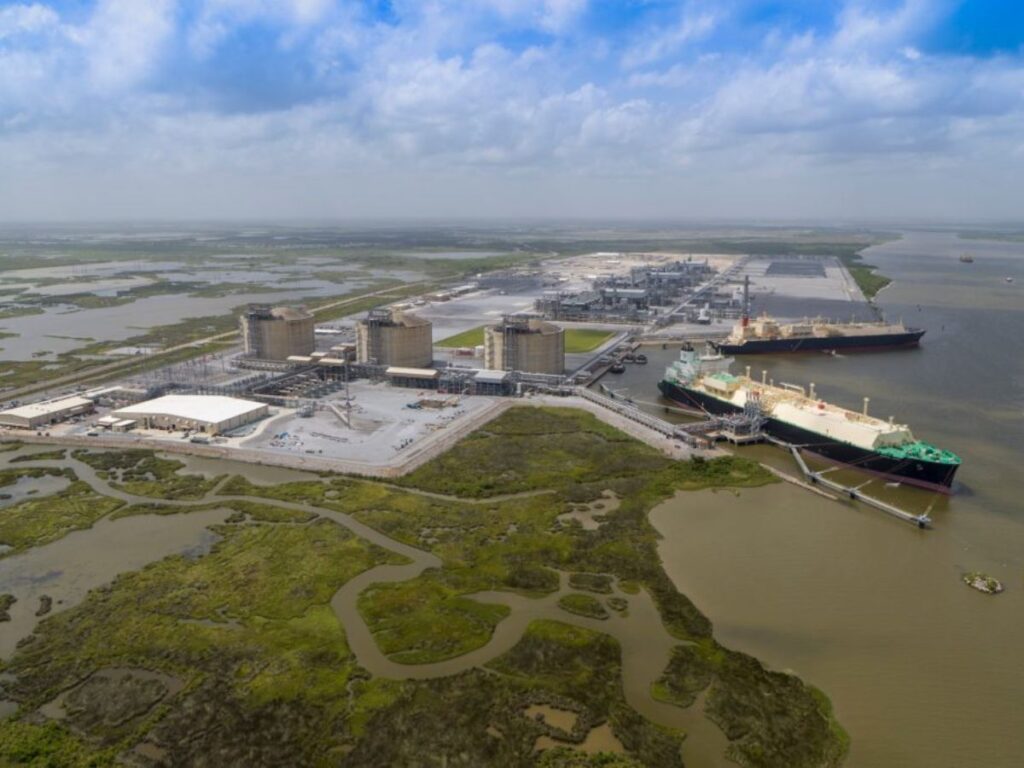Natural gas was at the top of the agenda this week when global and energy leaders convened in Houston for CERAWeek, an annual gathering to advance solutions to the biggest challenges facing the future of energy and the environment. This timely discussion occurred against a backdrop of federal actions at the Environmental Protection Agency and the Department of Energy that could affect permitting, regulation and reporting for the U.S. oil and natural gas industry.
A vital part of the energy mix here in the U.S. and across the globe, natural gas will continue to be needed for decades to come. Yet producing this gas and getting it to homes and businesses creates greenhouse gas emissions. That’s why reducing operational emissions from America’s natural gas is a priority for all of us.
The National Petroleum Council, a federal advisory committee comprised of industry, Tribal, academic and environmental leaders, convened a broad group of experts to find solutions to this very issue at the request of the U.S. Secretary of Energy.
Over the last two years, the council’s team has conducted a comprehensive analysis of how we can work together to mitigate operational emissions across the natural gas supply chain. Doing so will help us realize key U.S. climate goals while ensuring the lights stay on, homes are heated, communities are cared for, and economies can grow.
The resulting report, which will be submitted for final approval next month, will provide a set of recommendations for actions by industry, legislators, regulators and researchers which support reductions in operational emissions. Our wide-ranging research analyzed greenhouse emissions reduction plans and programs within natural gas production, transportation, distribution, and liquified natural gas exports. It also evaluated ways to improve methane detection, measurement and monitoring, along with modeling frameworks that are used for life cycle emissions analysis.
For the first time, societal considerations and impacts were included as a focus area. Notably, the recommendations for meaningful community engagement build upon our industry’s commitment to being a good neighbor by striving to understand local perspectives and address community concerns.
Continuing the progress we’ve already achieved, the report proposes a solution system for how our industry can do better, providing coordinated recommendations for industry, government and researchers to reduce operational GHG emissions in greater harmony with local communities.
Natural gas is already an American success story. The U.S. reduced carbon dioxide emissions from the electric power sector by more than 15 percent from 2005 to 2022 as natural gas replaced coal as the primary fuel type for power generation.
This same natural gas has also made America less dependent on foreign nations for energy. And today, the United States is the largest natural gas producer and liquefied natural gas exporter in the world, providing energy security for our allies too. Several studies have found those shipments of gas can also potentially reduce emissions due to coal substitution.
Natural gas is already well positioned to meet global demand in a way that balances economic needs with environmental stewardship. As consumption of traditional fuels continues to rise, there is a global opportunity — an imperative, really — to expand the role of U.S. natural gas.
For future energy markets to truly succeed, we must balance economic, security and environmental goals. Society will not tolerate advancing one at the expense of the others. I’m excited for the research to be shared, but even more so for us to continue these collaborative efforts as we work with stakeholders to turn recommendations into action.
Together, we can set future generations on a pathway to responsible and environmentally conscious growth and prosperity. That effort starts with us, right now.





